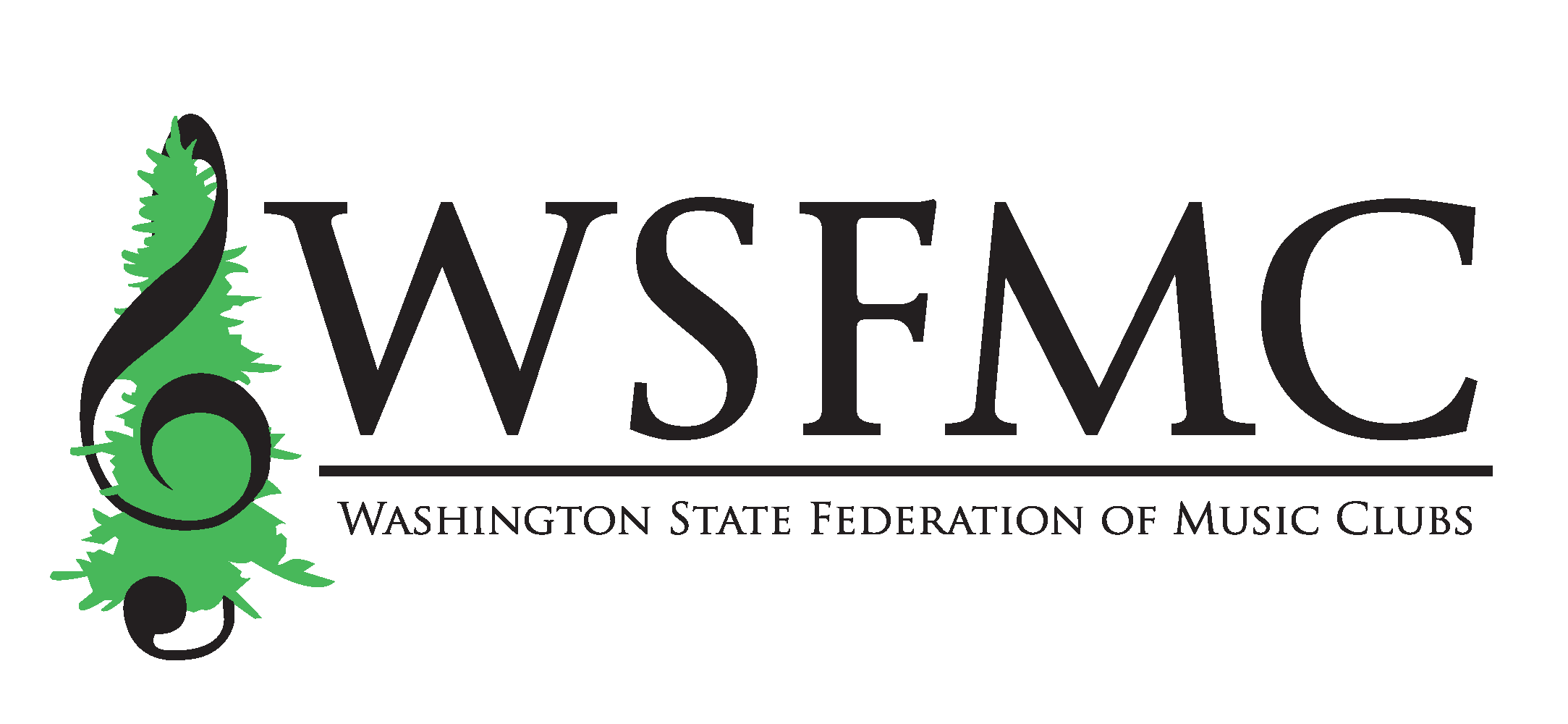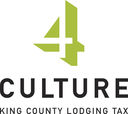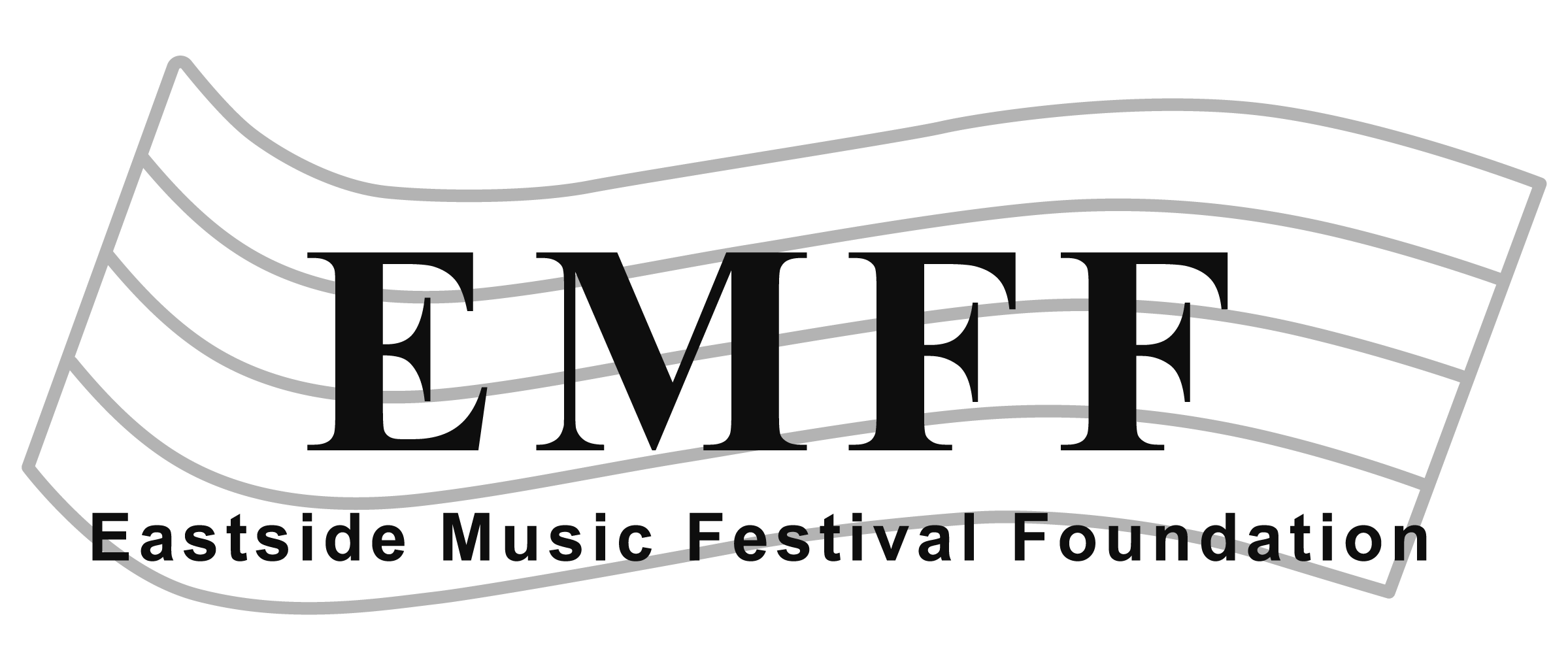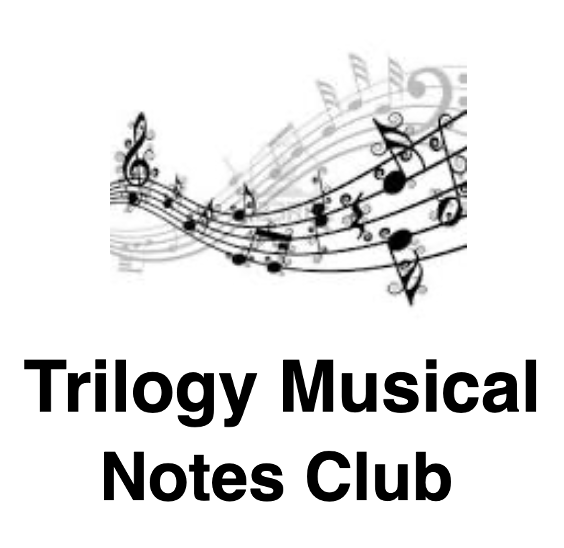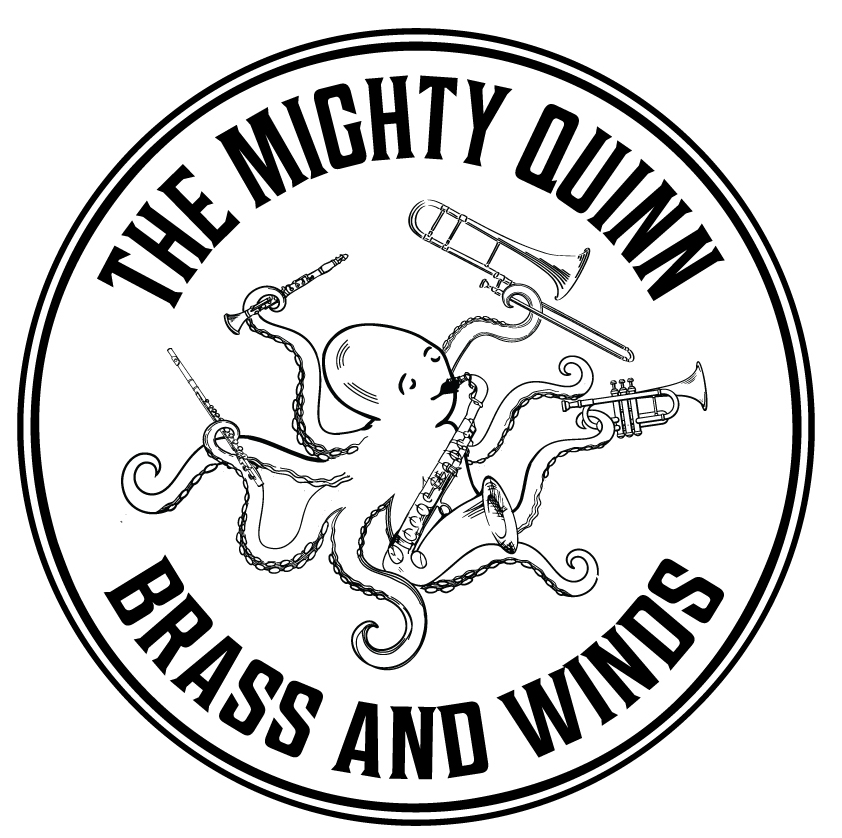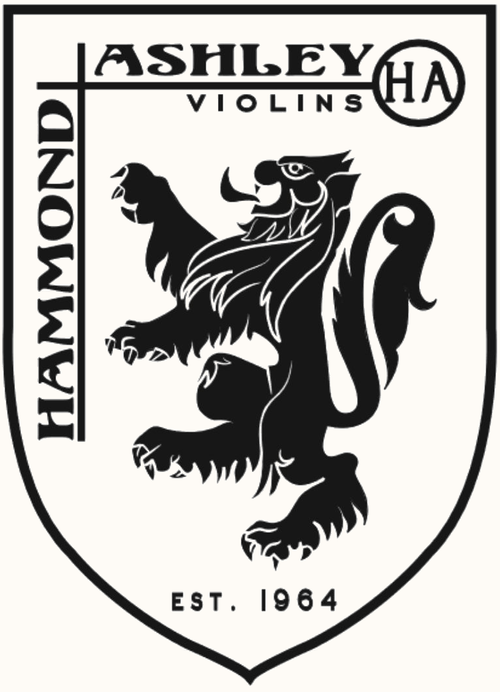4/22/2025
Nice work on Monday evening with seating auditions, Most Inspirational voting, AND sight-reading our final piece, A Million Dreams from “The Greatest Showman”. If you missed rehearsal on 4/21, make sure to see me on Monday, 4/ 28 for music.
Concert: SUNDAY, May 18 at 3:00pm at Meydenbauer Theater with Philharmonia. Students are required to stay for the entire performance.
- All musicians should arrive promptly at 2:00pm
- Be IN your concert attire when you arrive, get tuned, and head to the stage for our on-stage warm-up. Pictures will be taken during this time, so please arrive on time and look the part!
Concert Attire: Remember, this is a formal performance. Please choose your uniform accordingly. No casual sneakers, please.
- Black mask (optional)
- White shirt or blouse with 3/4 to full-length sleeves
- Black pants/skirt (knee length or lower)
- Black shoes (and black socks, if applicable)
- Religious head coverings: plain black
4/8/2025
Audition spots for all students are on 4/21. Seating auditions are not optional this quarter (last quarter was only optional because of weather cancellations).
During seating auditions, coaches will listen to students individually to help place students in the section. The coaches and I are looking for students who have shown mastery on their parts (posture/technique, bowing, intonation, rhythmic accuracy, expression), and also students who have demonstrated good preparation each week and strong rehearsal etiquette.
- Violin 1: Allegro Presto: m. 65-91 and Deerpath: Movement III (The Hunt), m. 15-30
- Violin 2: Allegro Presto: m. 65-83 and Deerpath: Movement III (The Hunt), m. 13-23
- Viola: Allegro Presto: m. 42-65, Open Lands: m. 17-41, and The Hunt: m. 47-58
- Cello: Allegro Presto: m. 67-74, End-Pin Rag: 5-16
- Bass: Allegro Presto: m. 17-23 and 67-70, Deerpath: mm. 45-57, End-Pin Rag: m. 5-16 and 23-29
3/31/2025
Sectionals start tonight! Bring a PENCIL!
Sectionals are your opportunity to work with your coach on the details in the music. Write in bows, fingerings, and any other information they give so that your section is uniform AND it will help you when it’s time for…Seating Auditions on April 21st.
Metronome Markings:
- Allegro Presto, quarter note = 144
- Deerpath Triptych: Open Lands (quarter note = 104), Lake Brave (quarter note = 88), The Hunt (quarter note = 120)
- End-Pin Rag, quarter note = 132
3/23/2025
Welcome to the Spring Quarter of BYSO!
Remember to PRINT YOUR MUSIC and bring a PENCIL. It also doesn’t hurt to label all your things, so we can get it back to you if it gets lost. We will be sight-reading our new music, which can be tricky, so hang in there! No one is expected to know the music perfectly the first night. Especially as the music bumps up a level!
Want to hear what we’re playing?! Here are the links:
- Allegro Presto from Symphony No. 2 by Joseph Bologne
- Learn more about Joseph Bologne, the Chevalier de Sant-Georges HERE
- Deerpath Triptych by William Hofeldt
- Read about the piece at the link above. This piece is in three movements. When we play it, we will ask the audience not to clap until we are all done.
- End Pin Rag by Richard Meyer
- This is Richard Meyer’s ode to Ragtime music, popularized by Scott Joplin (featured: The Entertainer).
- Stay tuned! There will possibly be another piece 🙂
3/11/2025
Our concert is on Saturday, March 15th at 7:00pm at Meydenbauer Theater with Philharmonia. Students are required to stay for the entire performance. We should be done around 8:00pm.
- All musicians should arrive promptly at 6:00 pm
- Be IN your concert attire when you arrive, get tuned, and head to the stage for our on-stage warm-up.
Concert Attire: Remember, this is a formal performance. Please choose your uniform accordingly. No casual sneakers, please.
- Black mask (optional)
- White shirt or blouse with 3/4 to full-length sleeves
- Black pants/skirt (knee length or lower)
- Black shoes (and black socks, if applicable)
- Religious head coverings: plain black
2/23/2025
New seats at rehearsal tomorrow (2/24)! Please try to arrive by 6:30pm to find your new spot and to meet your new stand partner. There will be print outs by the door, with coaches, and on my stand. Our concert song order is: Sleeping Beauty, Iridescence, Boreas
New Section Leaders: Evelyn L, Jaemin S, Lydia Z, Manas P, Nathan D, Jane B, Maya T, Claire Y, Trevor D
♥Please think about what it means to be a leader. We will meet at the beginning of the rehearsal for introductions and to discuss your roles for this concert.
Retreat Information: Saturday, March 1
Check In: 12:15 pm
Rehearsal Time: 12:30 pm – 3:30 pm
***Location: Lake Washington High School | 12033 NE 80th St, Kirkland, WA 98033
What to Bring:
• Your instrument
• Your music (no stands!)
• A pencil
• A water bottle
There will be a snack and an activity. Please remember to submit an absence if you will not be attending so we can plan for who will be there and who will not.
2/8/2025
Retreat POSTPONED to March 1st !
I will miss making music with your student today! We will still plan for seating auditions on Monday but we’ll move to make them optional for those interested in a leadership position (concertmaster and/or principal of their section).
Keep practicing and we’ll see you on Monday (we hope!)
2/2/2025: NO STANDS NECESSARY on MONDAY, 2/3
Mark your calendars! Retreat & Seating Audition Information:
- Our retreat will be at Odle Middle School on Saturday, 2/8 from 12:30-3:30pm
- Retreats are NOT optional. Please submit an absence report if your student will not be attending or if they are coming late/leaving early. We will rehearse, play games, and have sectionals in preparation for seating auditions.
- I’m excited to do a STEM project at break that ties into our piece Iridescence!
- We will hold seating auditions on Monday, 2/10 at rehearsal
- Seating auditions are NOT optional. If you miss the auditions, you will be placed at the end of your section
During seating auditions, coaches will listen to students individually to help place students in the section. The coaches and I are looking for students who have shown mastery on their parts (posture/technique, bowing, intonation, rhythmic accuracy, expression), and also students who have demonstrated good preparation each week and strong rehearsal etiquette.
- Violin 1: Sleeping Beauty: mm. 33-61, Boreas: mm. 49-67 (no Iridescence)
- Violin 2: Sleeping Beauty: mm. 51-63, Iridescence: mm. 45-55, Boreas mm. 49-67
- Viola: Sleeping Beauty: mm. 33-61, Iridescence: mm. 10-20 AND 26-34, Boreas: mm. 38-48
- Cello: Sleeping Beauty: m. 69-91, Iridescence: mm. 30-42, Boreas: mm. 39-50
- Bass: Iridescence: mm. 26-35 and Boreas: mm. 89-97 (no Sleeping Beauty)
1/26/2025
BRING YOUR STAND and PENCIL on Monday, 1/27 – We will not have access to the stands at Lake Washington HS!
6:45-7:35:
Violin 1 and Violin 2 will report to the 2nd floor, North Pod
Vla, Cello and Bass: Report to the 1st floor, North Pod
7:45-8:15:
Violins join the vla/cello/bass for a combined play-through
Plan ahead: Our retreat is at Odle on 2/8 from 12:30-3:30pm
Seating audition spots will be announced tonight, but here are some that I have already:
- Violin 1: Sleeping Beauty: mm. 33-61, Boreas: mm. 49-67
- Violin 2: Sleeping Beauty: mm. 51-63, Iridescence: mm. 45-55, Boreas mm. 49-67
- Viola: TBA
- Cello: Sleeping Beauty: m. 69-91, Iridescence: mm. 30-42, Boreas: mm. 39-50
- Bass: TBA
1/4/2025
Hello Debut Musicians and Families!
Welcome to the Winter Quarter of BYSO! New to us? Learn “About Me” HERE!
Remember to bring your PRINTED music and a PENCIL to the first rehearsal and label everything (no stands are necessary). We’re a big group, so I’ll have some seats assigned to help you find your spot. We will be sight-reading our new music, which can be tricky, so hang in there! No one is expected to know the music perfectly the first night. Especially as the music bumps up a level!
Want to hear what we’re playing?! Here are the links:
- Waltz from the Sleeping Beauty by Tchaikovsky/Forsblad
- Iridescence by Chris Evan Hass
- Boreas (The Cold North Wind) by Todd Parrish
Stand partner question of the week: What’s your name and what was the best part of your break?
Names of our Fabulous Coaches:
- 1st Violins: Coach Caroline Faflak
- 2nd Violins and Assistant Conductor: Mrs. Marianna Vail
- 1st and 2nd Violins: Mrs. Megan Jancola
- Violas: Coach Rafael Howell-Flores
- Cellos: Ms. Janice Lee
- Bass: Coach Moe Weisner
Don’t forget your…
12/24/2024
Happy Holidays, Everyone!
I hope you’re enjoying the season and finding time to practice and play your instrument! Music for Winter (starting on Jan. 6) will be available in early January. Keep your eyes peeled once we hit 2025!
Here’s a free resource for seasonal songs: https://www.christmasmusicsongs.com/christmas-music-for-strings.html (Scroll down to choose your instrument).
11/4/2024
Two more rehearsals left!
Reminders:
- No rehearsal next Monday, November 11 (Veteran’s Day)
- Our concert is on Saturday, November 23 at 3:00pm at Bastyr University Chapel, 14500 Juanita Dr. NE, Kenmore, WA 98028
- All musicians should arrive promptly at 2:00 pm
- Be IN your concert attire when you arrive, get tuned, and head to the stage for our on-stage warm-up.
Concert Attire:
- Black mask (optional)
- White shirt or blouse with 3/4 to full-length sleeves
- Black pants/skirt (knee length or lower)
- Black shoes (and black socks, if applicable)
- Religious head coverings: plain black
10/23/2024
Nice job with seating auditions, Debut! Remember, they are just a snapshot in time and don’t reflect on you as a person or on your overall playing ability. Wherever you sit, your part is important to the group as a whole.
10/28 Rehearsal Information:
- Arrive by 6:30pm to find your new seat and meet your new stand partner
- You will be receiving your BYSO sweatshirt at this rehearsal. Don’t leave without it!
- COSTUMES ARE WELCOME! It’s the week of Halloween and we want to see your fun costumes! Please make sure you can play your instrument in your costume. If you can’t see or hold your instruments correctly (or get too hot!), you might need to remove part of your costume.
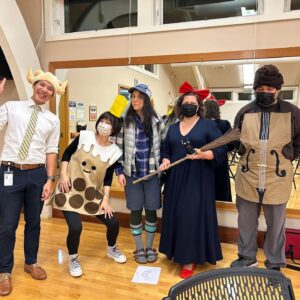
10/15/2024

RETREAT COLOR CHALLENGE: Let’s see what section can show the most section pride! Colors to wear for retreat (please, don’t buy anything special, just wear whatever you have and I’ll have stickers if you don’t have anything in your section’s color!)
Violin 1: Black
Violin 2: Green
Viola: Purple
Cello: Blue
Bass: Red
See below for more retreat and audition info!
10/10/2024
Mark your calendars!
- October 19 – Fall Retreat at Odle
- October 21 – Seating Auditions
Our retreat will be at Odle Middle School on Saturday, 10/19 from 12:30-3:30pm
Retreats are NOT optional. Please submit an absence report if your student will not be attending or if they are coming late/leaving early. We will rehearse, play games, and have sectionals in preparation for seating auditions.

RETREAT COLOR CHALLENGE: On Monday, 10/14, your section will decide what color they want your section to wear at he retreat. Let’s see what section can show the most section pride!
We will hold seating auditions on Monday, 10/21 at rehearsal
Seating auditions are NOT optional. If you miss the auditions, you will be placed at the end of your section.
During seating auditions, coaches will listen to students individually to help place students in the section. The coaches and I are looking for students who have shown mastery on their parts (posture/technique, bowing, intonation, rhythmic accuracy, expression), and also students who have demonstrated good preparation each week and strong rehearsal etiquette.
Violin 1:
Epic Adventure: mm. 61-78
An Irish Journey: mm. 107 – end
Assemble the Minions: mm. 88 – end
Violin 2:
An Irish Journey: mm. 16-26 & mm. 73-81
Assemble the Minions: mm. 17-29
Viola:
Assemble the Minions: mm. 21-33 & mm. 41-49
Cello:
Epic Adventure: mm. 76-94
An Irish Journey: mm. 79-100
Assemble the Minions: mm. 17-31 & mm. 96-end (with metronome)
Bass:
An Irish Journey, mm. 9-29 & mm. 92-108
9/29/2024
This week: Bring your pencils!
Sectionals start this week and you’ll want to mark all the special information your coaches give you. This is a way to start strong and be prepared for seating auditions on October 19th.
Violin 1: Here are parts marked by your 1st violin coach, Ms. Caroline
Vln 1 Epic Adventure
Vln 1 An Irish Journey
Vln 1 Assemble the Minions!
Challenge: Learn your the name of your coach! No, “Hey, you!” or “That one guy/girl” – ha!
Updated, 9/16/2024 (August 20, 2024)
Hello Debut Musicians and Families!
Welcome to the best group out there (totally biased!). I’m excited to make music with you this year. Learn “About Me” HERE!
Please plan to bring a pencil and your music in a folder to the first rehearsal and label everything! We’re a big group, so I’ll have seats assigned to help you find your spot.
Things you can do to feel more confident sight-reading at our first rehearsal:
- Print out your music when it’s becomes available
- Mental Practice/Preparation: Listen to the recordings (links will be updated closer to our first rehearsal) to hear what the pieces sound like…even better if you can follow along with the music. You are NOT expected to know your music perfectly the first night!
- Find out what key each piece is in and try to play a scale in that key.
- Look for anything you don’t recognize or might have a question about and ask about them in rehearsal or with your private teacher.
Songs for Fall 2024:
- Epic Adventure by Kathryn Griesinger
- An Irish Journey, Traditional (Arr. Brubaker)
- Assemble the Minions! by Jeffrey Bishop
Next up:
- September 23 – First Rehearsal!
- October 19 – Fall Retreat
- October 21 – Seating Auditions at our Monday Rehearsal
See you on Monday, 9/23/24!
Mrs. Ewing (You-ing)
Some helpful tools:
- Tuner
- Video instructions for “HOW” to tune: fine-tuners or pegs
- Metronome





